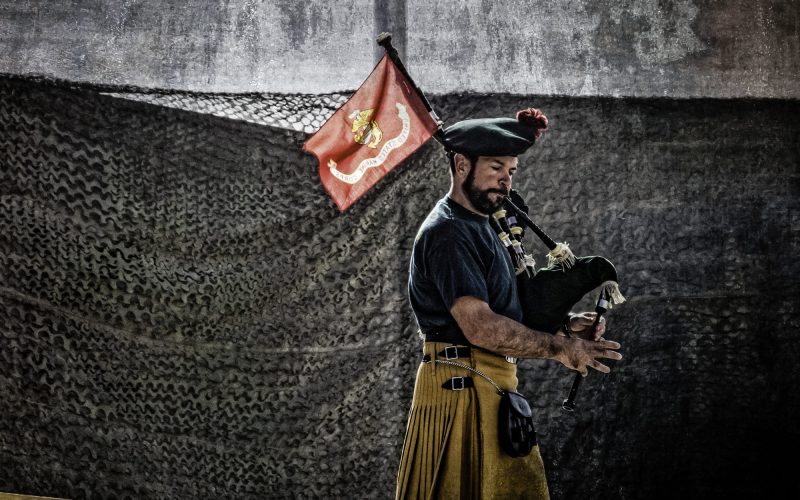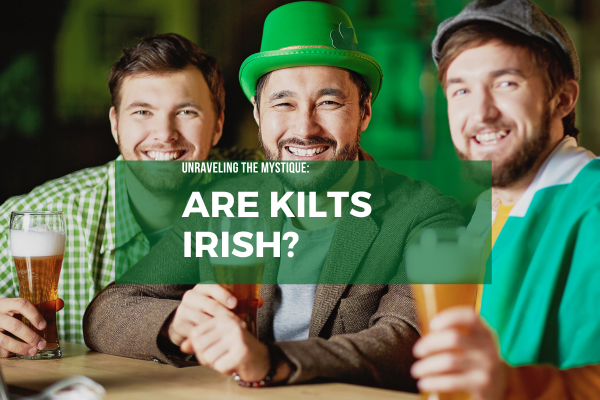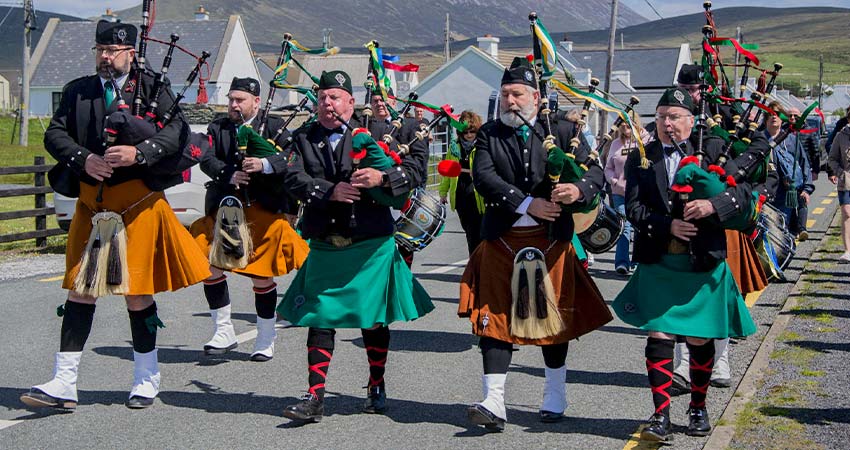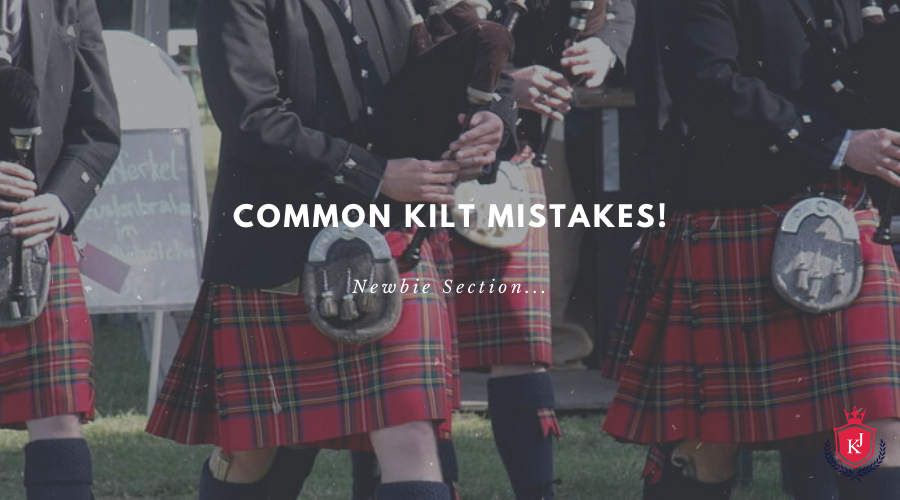Kilts, with their distinctive tartan patterns and cultural significance, are often associated with Scotland. However, the question arises: Are kilts Irish as well? In this exploration, we delve into the history and cultural context to unravel the mystique surrounding kilts and their connection to Ireland.
Table of Contents
Understanding the Kilt
The kilt, a knee-length garment typically made of wool and adorned with a specific tartan pattern, has become an iconic symbol of Scottish culture. Traditionally worn by Scottish Highlanders, the kilt serves both functional and symbolic purposes. Its distinctive design, featuring crisscrossed horizontal and vertical bands of color, known as tartan, represents different clans or families.
Origins of the Kilt
The history of the kilt dates back centuries, and its origins are intertwined with the complex tapestry of Celtic and Gaelic traditions. While the kilt as we know it today has Scottish roots, its evolution involved influences from various Celtic regions, including Ireland. Read about Kilts here.
Irish Tartans
While kilts are not as synonymous with Ireland as they are with Scotland, the Irish also have a rich tradition of tartans. Irish tartans, known for their distinct color combinations, are used in various forms of traditional Irish dress. However, the use of kilts in Ireland differs from that in Scotland. Read about the Saint Patrick’s Day Kilt outfit here.
Irish Kilts: A Unique Perspective

In Ireland, the traditional garment that bears some resemblance to the Scottish kilt is the léine. The léine is a loose-fitting, long-sleeved tunic worn by both men and women. Unlike the kilt, the léine lacks the same level of formality and structure. The Irish also have a strong tradition of step-dancing, with dancers often wearing elaborate costumes that may include tartan-inspired elements. In-case you want to know that whether Irish wear kilts or not?
Cultural Exchange
Historically, Scotland and Ireland have shared cultural exchanges, and their Celtic roots have led to some similarities in traditional attire. The interweaving of Celtic cultures over centuries has resulted in cross-cultural influences, making it challenging to draw strict lines between what is uniquely Scottish or Irish.
In conclusion, while kilts are undeniably Scottish in their origin and are deeply embedded in the cultural fabric of Scotland, the question of whether kilts are Irish is more nuanced. Ireland has its own unique traditions, including tartans and traditional dress, but the kilt, as it is commonly known, is not a central part of Irish culture.
Understanding the rich and complex history of Celtic traditions allows us to appreciate the interconnectedness of different cultures. As we explore the question of kilts in Ireland, it becomes evident that while the kilt itself may not be inherently Irish, the broader tapestry of Celtic heritage connects these neighbouring nations in ways that transcend simple categorisation.


